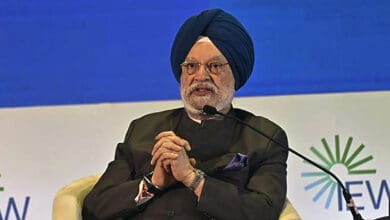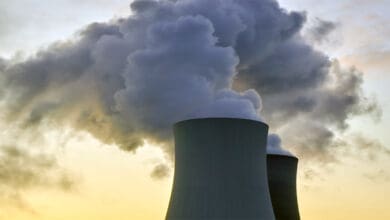India will see a massive $66 billion investment in the building of gas infrastructure as the government pushes for greater use of the cleaner fuel with a view to cutting down carbon emissions, Petroleum Minister Dharmendra Pradhan said. The government is targeting raising the share of natural gas in its energy basket to 15% by 2030 from the current 6.3%. This will entail gas consumption rising manifolds from current 160-170 million standard cubic meters per day.
To cater to this, LNG import capacity is being raised, new pipelines laid to transport the fuel and city gas infrastructure expanded to take the fuel to users, he said at KPMG India’s annual energy conclave ENRich 2020.
“An estimated investment of $66 billion is lined up in developing gas infrastructure, which includes pipelines, city gas distribution, and LNG regasification terminals,” he said adding 14,700-km gas pipelines are being added to the existing network of 16,800-km to form a national gas grid. India will focus on developing in an integrated manner a gas-based economy, cleaner use of fossil fuels, greater reliance on domestic fuels to drive biofuels and moving into emerging fuels, like hydrogen.
LNG import terminals and capacity additions are planned on both east and west coast. Also, the city gas network of retailing CNG to automobiles and piped natural gas to households and kitchens has been extended to 407 districts. Besides CNG, the government is also promoting the use of LNG as fuel on long-haul trucks and buses.
Dharmendra Pradhan said the government is also pushing for generating gas from municipal and agriculture waste and 5,000 compressed biogas plants are planned. There is also an increased push to adopt hydrogen fuel mix. We launched the Hydrogen enriched- Compressed Natural Gas (HCNG) plant and dispensing station in Delhi and also rolled out the first set of buses with HCNG. Historically, global economic growth and the need for energy resources have been synchronous.
The global GDP is projected to double by 2040 but the associated global energy demand is estimated to increase only by 30%, he said adding the situation of developed and developing countries however are not similar. “As economic development catches up, energy needs of countries, like India will be higher and must be adequately met while being responsive to environmental and climate concerns” he said.
According to different global agencies, the world total primary energy demand would increase at less than 1% per annum till 2040 and this growth would be mainly supported by India and other Asian countries. India is the third-largest energy consumer after the US and China. Its energy demand increased to 882 million tonnes of oil equivalent (Mtoe) in 2017.
India has committed to reducing the emissions intensity of its GDP by 33-35% from 2005 levels. India is targeting 175 GW of renewable energy capacity by 2022 and 450 GW by 2030. The solar installed capacity in India has increased by more than 13 times from 2.63 GW in March 2014 to 34.81 GW in April 2020.
He said, “India also recognizes the importance of global collaboration on the energy sector. India and Russia are targeting tripling bilateral trade to $30 billion in the next four years in areas such as LNG, shipping and so forth.”













